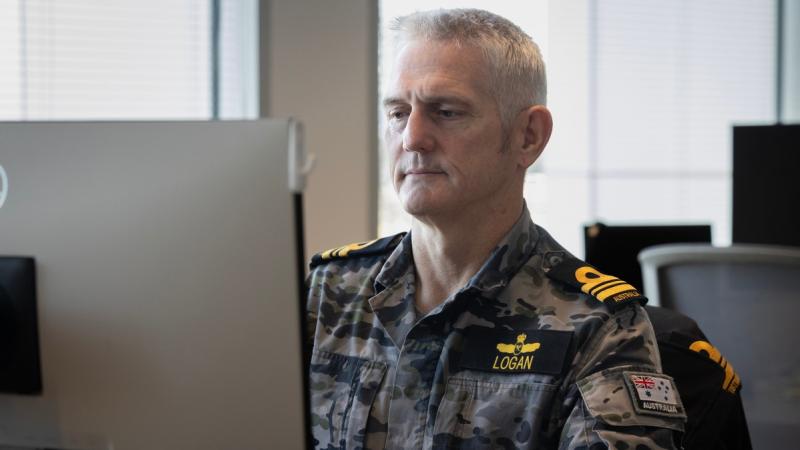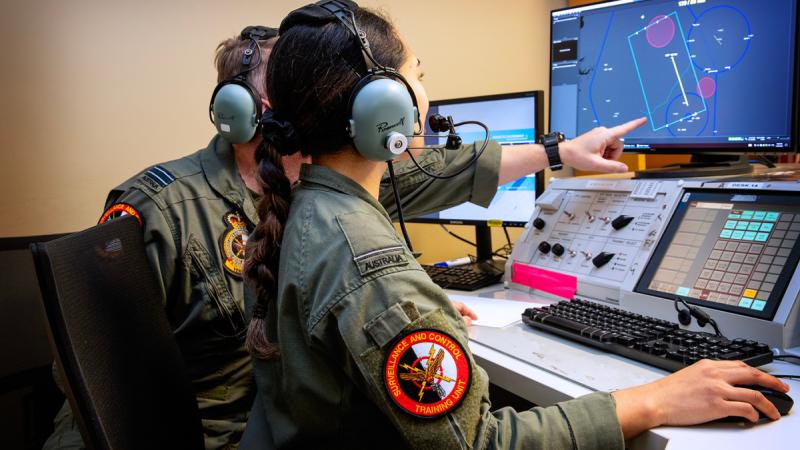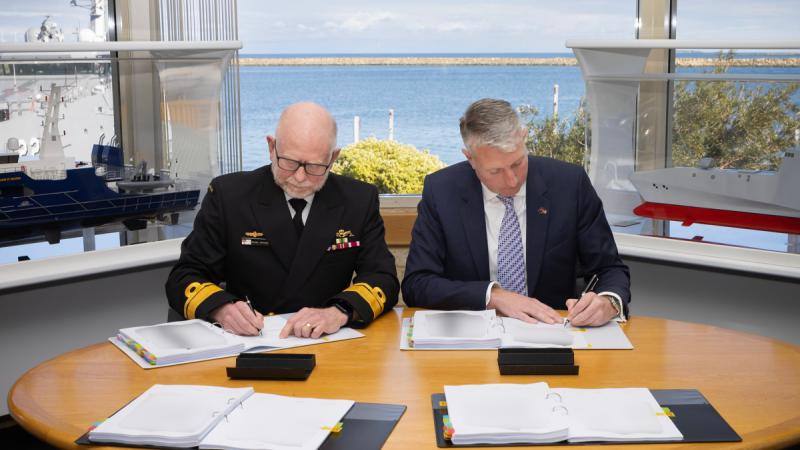11 November 2020
Collaboration with industry has improved the availability of Air Force’s C-130J Hercules transport fleet by an average of one additional aircraft in the past 18 months.
The partnerships within the C-130J Maintenance Enterprise at RAAF Base Richmond led to the improvement.
The enterprise comprises RAAF’s No. 37 Squadron, No. 84 Wing, and Air Lift Systems Program Office, along with industry partners Airbus Australia Pacific and Standard Aero Limited.
Commander Air Mobility Group Air Commodore Carl Newman praised the work of all involved.
“The increased C-130J availability is not just because of one person or one team, but a team of teams,” Air Commodore Newman said.
“A number of folks in maintenance, logistics and servicing have adjusted servicing schedules, refined maintenance practices and improved our logistics system so that it is much more responsive.
“The C-130J is now one of the oldest aircraft in the Defence fleet, with each airframe more than 20 years old, and I have confidence in this team of teams to keep delivering its capability.”
The improvement in the availability within the fleet of 12 aircraft came in time for Air Force's support of the bushfires in late 2019 and early 2020, the White Island Volcano eruption in New Zealand and the Port of Beirut explosion.
Disaster relief missions have been a major role for the C-130Js since No. 37 Squadron introduced the aircraft to service in 1999. The aircraft can carry more than 100 passengers or up to 20 tonnes of cargo, and land on remote airfields.
The increased C-130J availability is not just because of one person or one team, but a team of teams.
Air Commodore Newman said the increased availability of aircraft meant Defence could plan missions during a crisis with greater assuredness.
“The nature of our geography means Defence often needs a Hercules to get its people and equipment to places where help is needed,” Air Commodore Newman said.
“We regularly see a Hercules deploy as the first in and last out of a disaster area, delivering emergency responders and supplies, and bringing people out of danger.
“We expect these kinds of contingency missions to continue to be a fixture for Defence operations, especially as Australia enters a high-risk weather season from now through to March.”
One maintenance initiative was the placement of industry field service representatives (FSR) within No. 37 Squadron and No. 84 Wing, which has increased the sharing of knowledge and the identification of opportunities for improvement.
Matt Davis is the general manager of Standard Aero Limited, which is responsible for servicing the C-130J’s Rolls-Royce AE2100D turboprop engines.
FSRs from Standard Aero, Rolls Royce, and Dowty - which produces the C-130J’s propellers – provide greater access to technical support, training, and engineering opportunities.
“This approach has seen an increase in the average time-on-wing for engines before they need to be removed for maintenance, and reduced the number of unscheduled removals per year,” Mr Davis said.
Airbus Australia Pacific is responsible for maintenance of the C-130J fleet, in consultation with the aircraft’s manufacturer, Lockheed Martin.
The shift in maintenance work from No. 37 Squadron has allowed RAAF technicians to support more flying operations.
Improved availability of the fleet earned the C-130J Maintenance Enterprise a Commander Air Mobility Group commendation on August 27.


